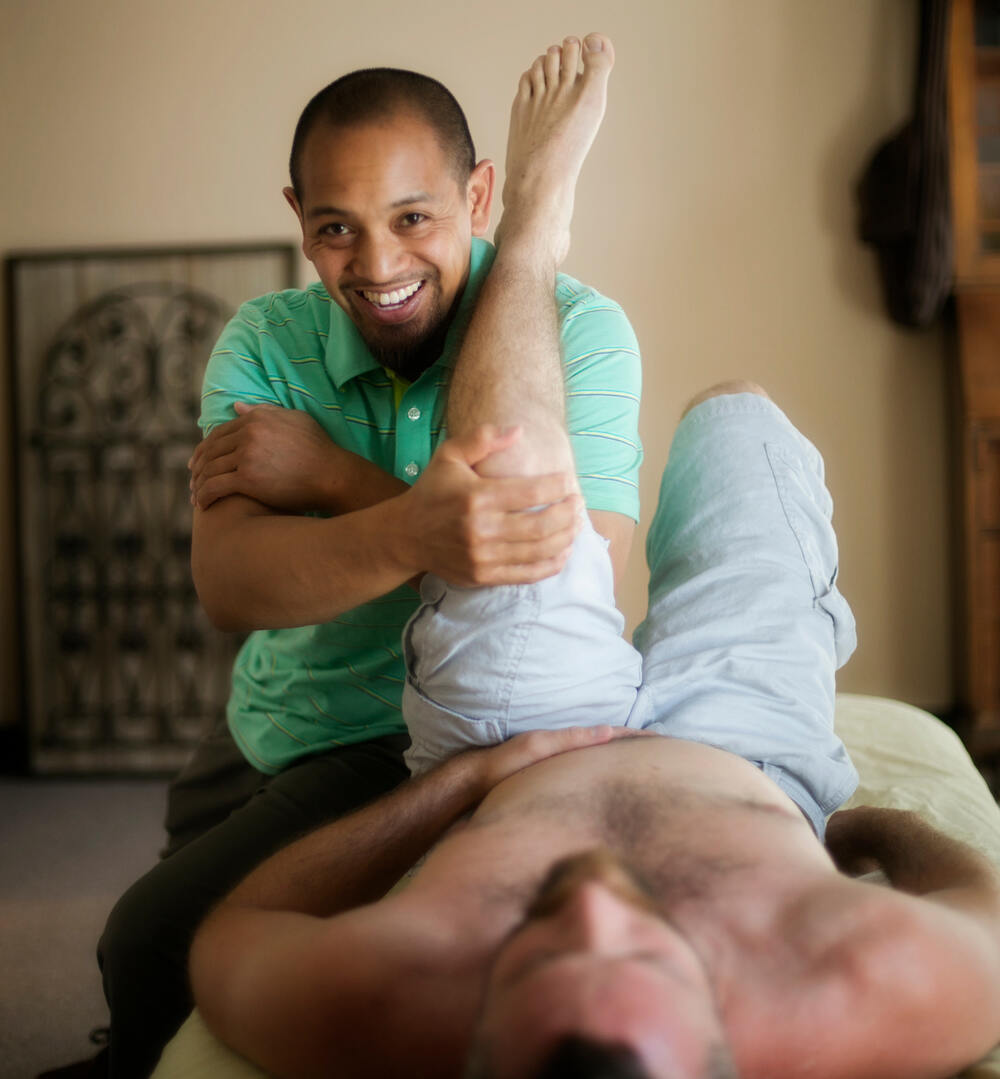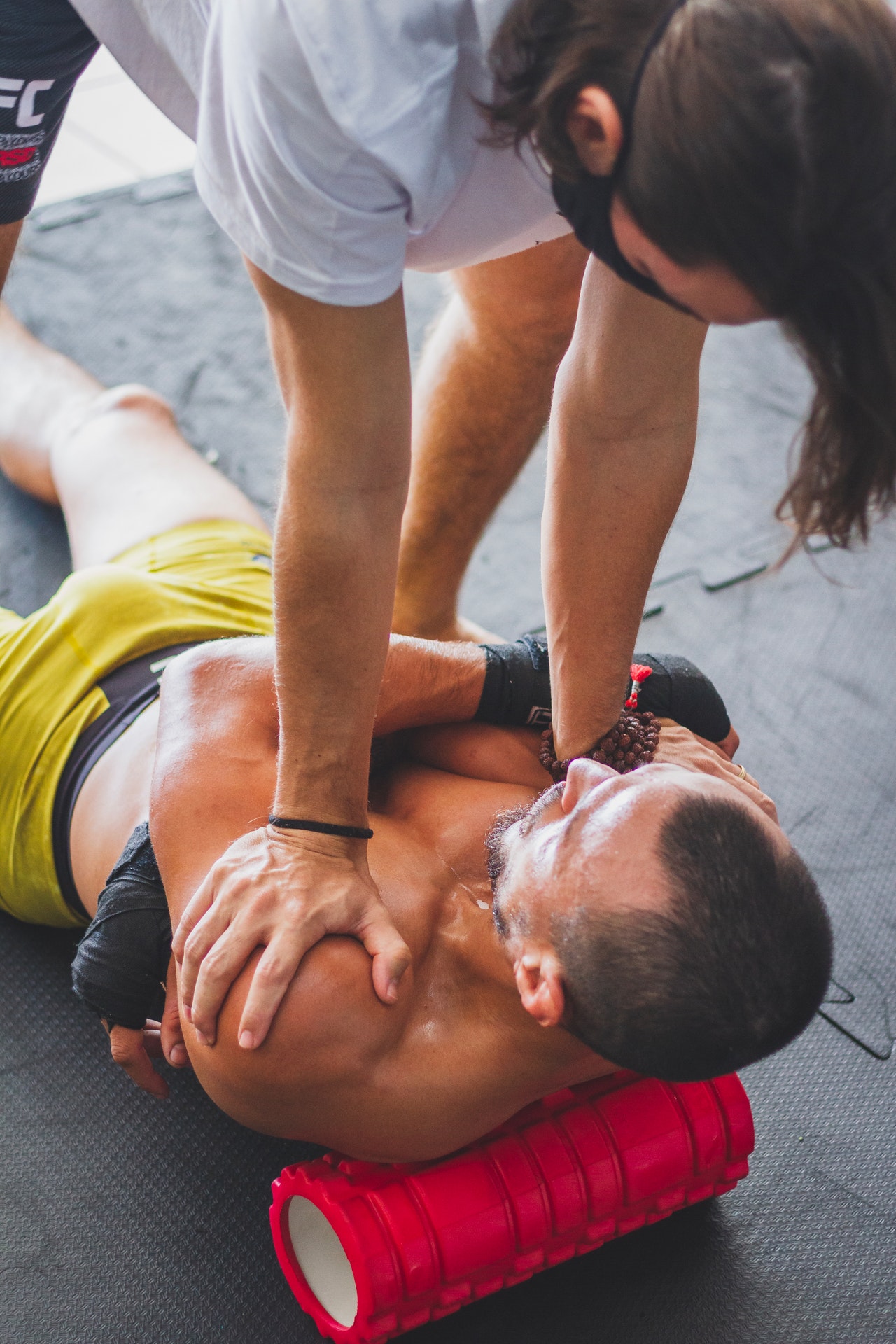Computer Ergonomics: How to Protect Yourself from Strain and Pain
Why computer ergonomics?
Many people are spending hours a day in front of a computer without considering the impact on their bodies. We stress their bodies physically every day without knowing it by sticking out their arms, slouching, sitting without foot support and straining to look at poorly placed monitors.
Such activities can lead to chronic trauma or repetitive stress injuries that have a life-long health impact. Symptoms may include discomfort, the weariness of the muscle, loss of sensation, tingling and decreased performance.
Ergonomics is a field of study that seeks to reduce pressure, exhaustion, and injuries by optimizing product design and organization in the workspace. The goal is a calm, comfortable posture.
1. Arrange Your Workstation
Take time to adjust workstations that aren’t quite right every time you work to eliminate awkward and often executed moves.
2. Exercise at Your Computer
Neck and Shoulders:
- Neck Rotation: Slowly rotate your head as far as comfortable to the right, then left.
- Shoulder Rotation: Circle your shoulders, then reverse directions.
- Head Side to Side: Bend your neck so that left ear approaches left shoulder and then repeat right. Press your hand against the side of your head and give a little resistance.
- Chin Tuck: Slide your head inwards, without bending up or down your arm. Initially, this is best to practice against a wall. Tuck head in, trying to touch the neck back to the wall while also maintaining head contact. Don’t just jam your chin to the throat.
- Shoulder Blade Retraction: Pull your shoulders down and back.
- Shrug: Slowly raise your shoulders toward ears and hold for a few seconds. Gradually bring shoulders down and relax.
Back:
- Shoulder Squeeze: Raise your arms in front of your body, bent your elbows and your thumbs up. Squeezing shoulder blades together, pull the elbows back. Keep on then release for a few seconds.
- Stretch Up: Sit straight up and imagine a cable mounted on top of your head. Gradually stretch to be as high as possible, keep for a couple of seconds, then relax.
Arms:
- Arm Relaxation: Drop your arms and hands to your sides. Gently shake them for a few seconds.
- Arm Rotation: Raise your arms in front of your body. Rotate arms so palms face up, then rotate so backs of hands face each other.
Hands and Wrists:
- Wrist Flex: With your elbows on the desk, gently use the left hand to bend right hand back toward the forearm. Hold for a few seconds, then relax. Repeat on the other side.
- Finger Fan: Spread your fingers as far apart as possible, hold, then clench fists, then release.
Feet:
- Toe Curl: Flex toes up, then curl toes under. Release.
- Foot Rotation: Circle foot slowly from the ankle, then reverse.
Eyes:
- Eye Rolls: Roll your eyes clockwise then counterclockwise briefly.
- Palm Eyes: Without touching your eyes, cup hands lightly over eyes for 30 seconds to rest them from light.
- Look Away: Exercise your eyes by periodically looking away from your computer to focus on distant objects.

3. Adapt Laptops
Laptop computers aren’t built ergonomically for prolonged use. The display and the keyboard are so close together that, at the same time, they can not both be in good positions. It’s best to add a separate monitor and keyboard for prolonged use. The laptop can be planed on books so that the top of the screen is at eye level, then use an external keyboard to allow your elbows to rest by your side at 90°.
4. Modify Your Body Mechanics
- Do you wear eyeglasses? Make sure they fit properly to avoid tilting your head.
- Type with light strokes, and try to keep your muscles relaxed.
- Sit “tall,” aligning your ears, shoulders, and hips.
- When you sit, think about making yourself an inch taller.
- Switch hands when using a mouse, if you are able.
- Completely rest your wrists during breaks, including taking your hands off the mouse.
5. Adjust Your Work Patterns
Reduce computer time extended, whenever possible.
Job splits into smaller segments and moves between tasks using various movements. Alternate mouse use, for example, for reading and web surfing.
6. Move
The movement has many advantages: it relaxes tissues, lubricates joints, prevents stiffness, improves circulation, reduces tiredness, and builds endurance. One study showed heavy users of computers who successfully avoided computer-related pain were going every 7 minutes.
Take a short break (10-20 seconds), at least every 10 minutes. Take the keys off your hands and run! Take a brief (2-5 minute) break every 30-60 minutes to stretch out and/or walk around.
7. Keep fit
Physical fitness can help you prevent and treat computer-related problems. Build up your stamina with strength, flexibility and cardiovascular health exercises.
When to get medical advice
See a clinician if you experience:
- Constant pain
- Numbness
- Weakness
- Other problems that interfere with daily tasks
Are You An Athlete Or Desk Professional Experiencing Pain?
Beyond Ergonomics gives athletes and desk professionals answers to their pain problems. Body imbalances, repetitive use, and lack of movement are the cause of many injuries and pain. Beyond Ergonomics helps you discover your imbalances and create change. MedicinEvolution’s purpose is to reduce pain and other symptoms that you haven’t had luck with. MedicinEvolution Bodywork Beyond Massage is the solution for many problems plaguing your body. Make your appointment today!





